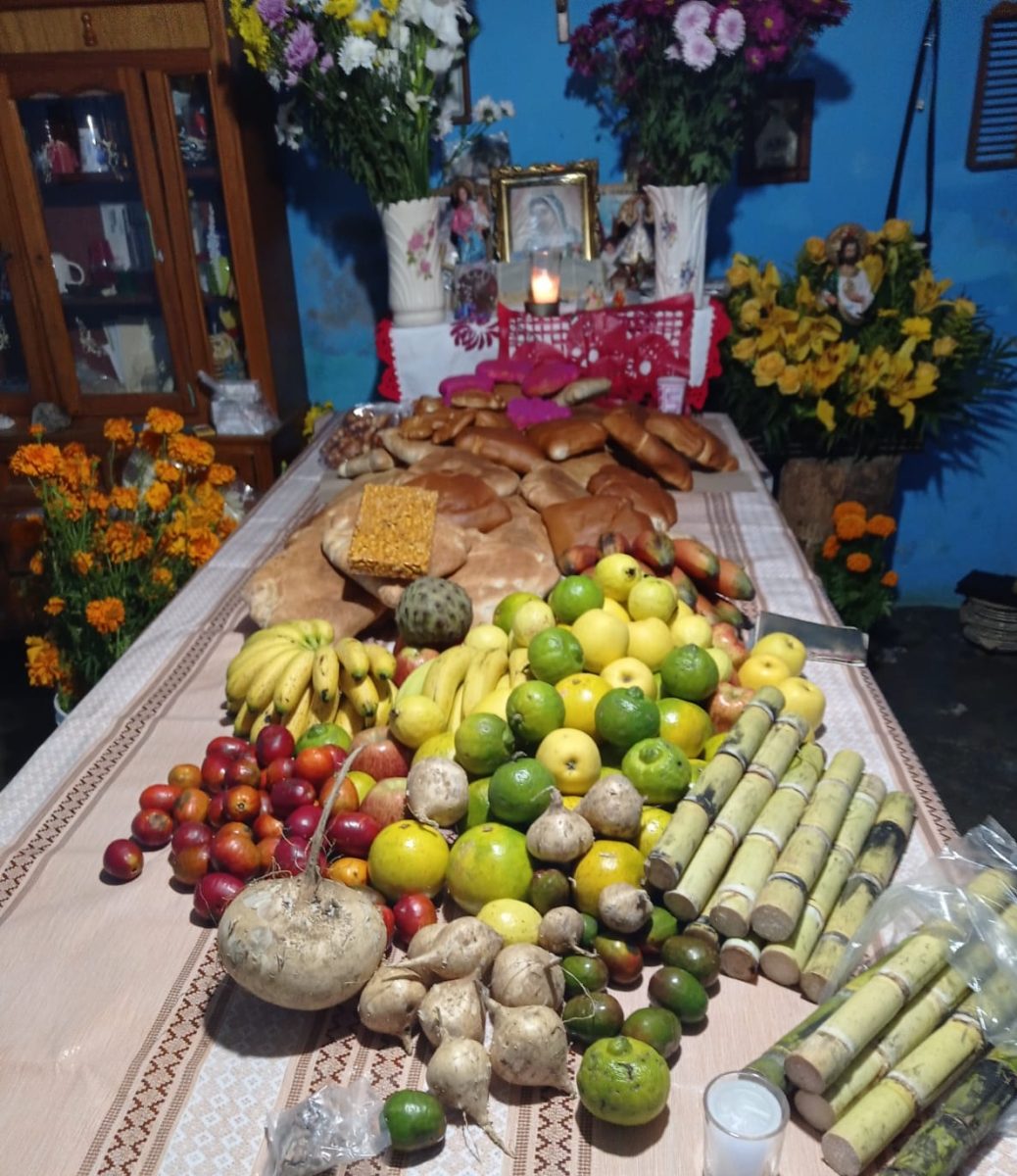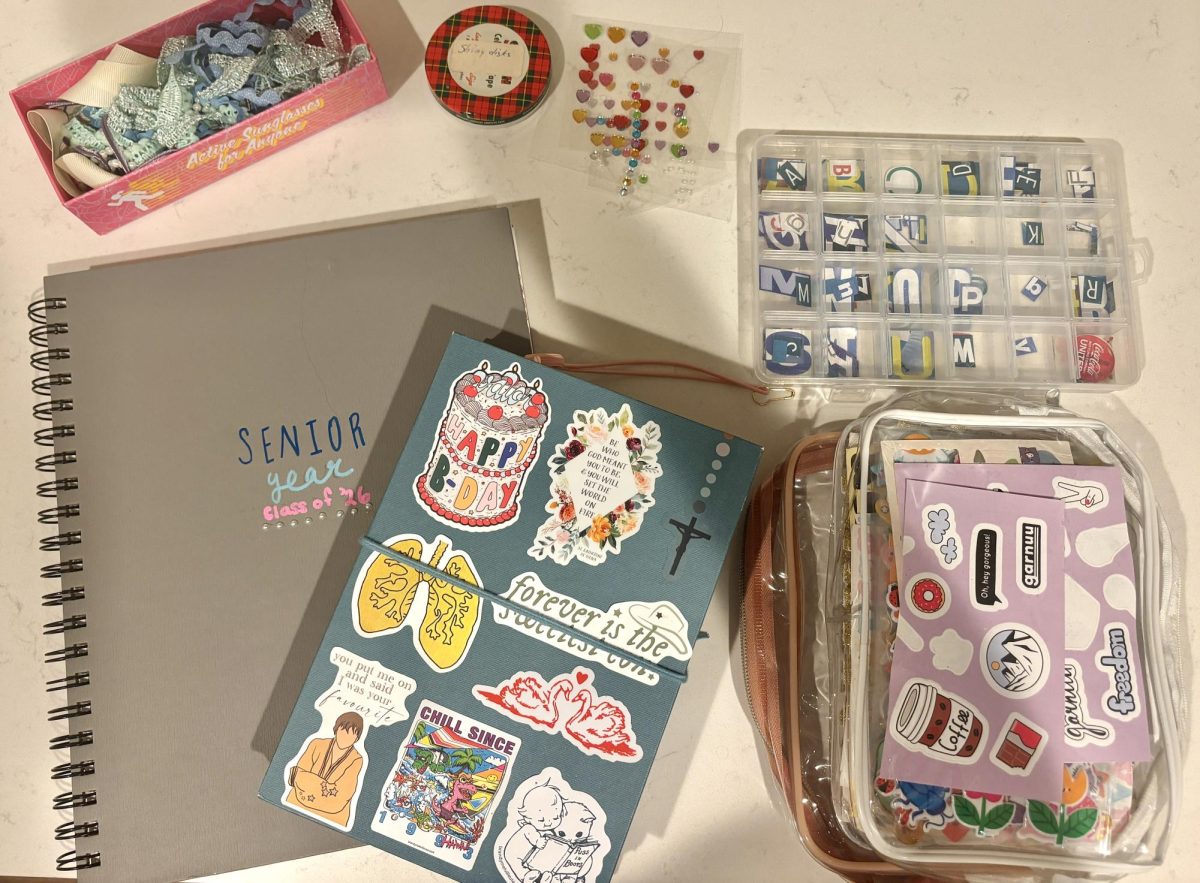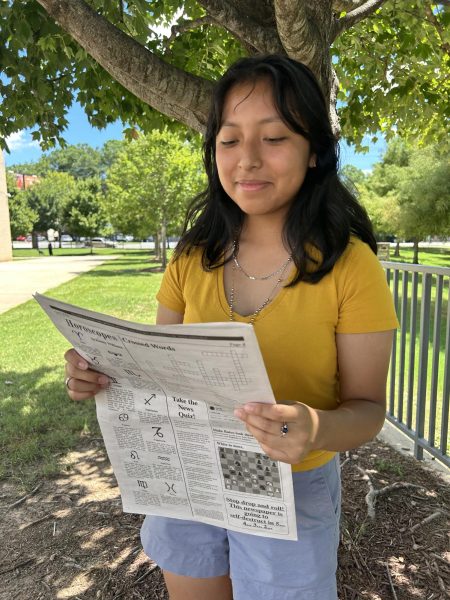Unfamiliar with the tradition, but not oblivious to it. From the end of October until the beginning of November, the majority of the Mexican population celebrates the most widely known tradition that there is in Mexican culture, Dia de los Muertos. My family in Toluca, Mexico, celebrates this tradition from October 29 until November 2.
As my Grandma Chuy explained to me, the Catholics belief is that on these days God allows the spirits of those who have passed away to come back to be reunited with their family. They spend time with them by eating a meal together. Throughout the days that it is celebrated, yellow flowers named Cempasuchil, or Marigold flowers, are set along pathways to direct the spirits to their home. The scent of these flowers is what guides the spirits.
On October 29, those who have died in tragic accidents are allowed to come back. The families of those put a cup of water or atole and a piece of bread on the table for them. On October 31, kids who have not been baptized and have died, their families remember them by also setting up a cup of water, atole, or bread. On November 1, the families remember the kids who have been baptized and who have passed away by setting candy, chocolate skulls, atole, fruits, and other varieties of sweets and food. November 2, the adults who have long passed return. The families prepare their favorite foods and drinks.
In my family, they prepare an ofrenda, or offering. First, they set a long table and start by setting it up on the 31st of October. At midnight the spirits are guided by the Cempasuchil into the home. Unlike the familiar tradition of setting up photos, they do not set up any. Within la ofrenda they prepare the favorite foods of the family members that have passed away, like my cousin and my uncle. Typically they put chicken soup, mole, tamales, atole, los conejos also referred to as pan de los muertos, chocolates, and fruits. The following quantities of fruits and vegetables are situated: apples, bananas, sweet potatoes, guavas, oranges, jicamas, limas, and sugar canes. The table also includes candles, taper candles, and decorations. The decoration is tissue paper figured with calaveras (skulls).
This is the time when our family instead of mourning the dead are alive in that their past relatives can sit and enjoy a meal with them. This tradition though full of rich bonding moments also is one to take advantage of to remember them as how they once were.








